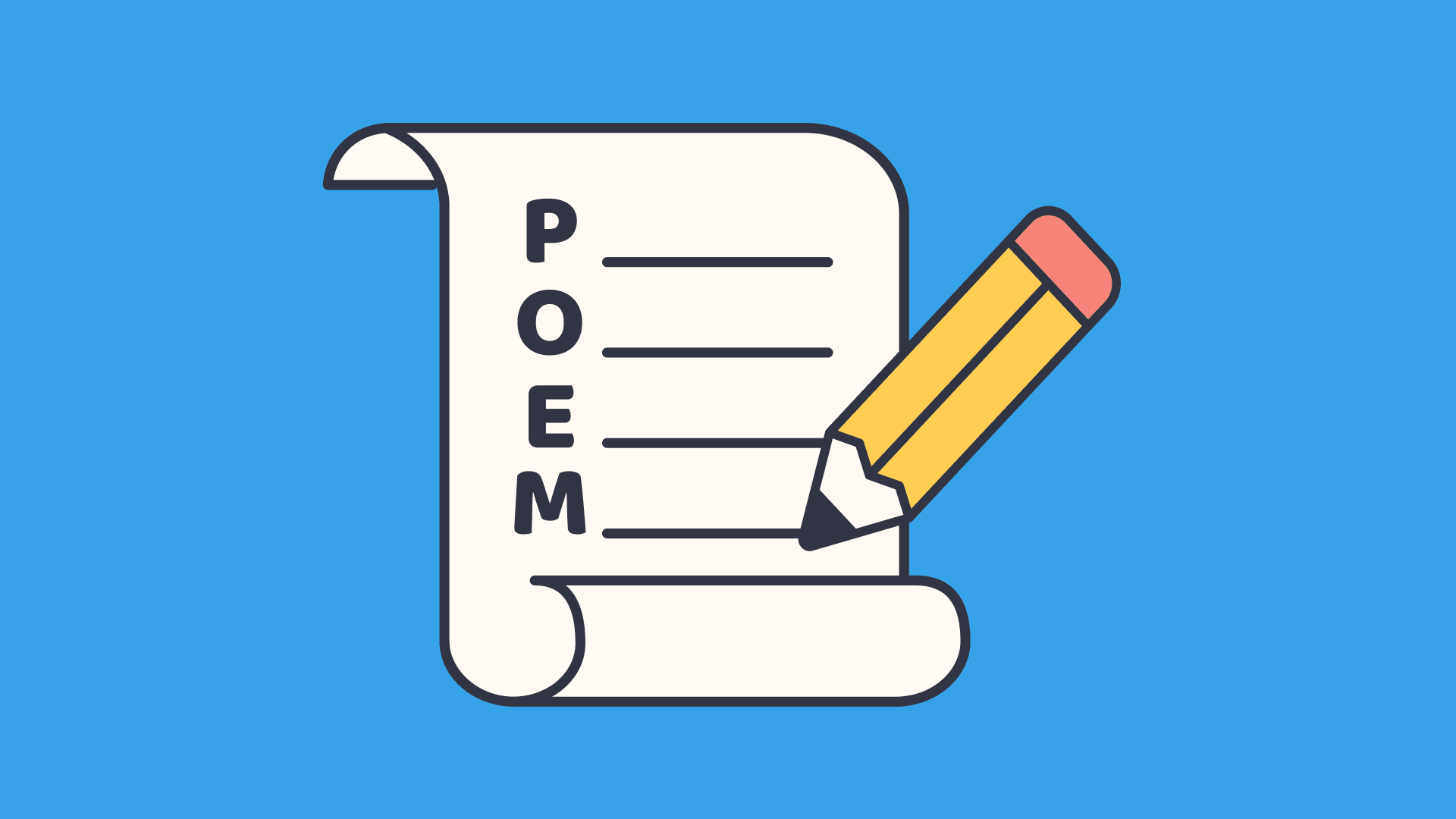How and why to create a student portfolio
In this guide
A student portfolio is a prime example of a showcase of their learning. This involves the student collecting examples of their work over a period of time, in order for reflection and evaluation. Typically, both the teacher and the student are involved in this process. This can be customized to meet the needs of your classroom.
What is a portfolio for students?
How do you assess your students? Formative? Summative? Do you give tests? Projects? Essays? Demonstrations? Or, maybe a combination of these?
When it comes to assessment, there are numerous ways for students to demonstrate learning and document their progress. And they all have value and purpose. This video delves into a variety of assessment strategies: Instructional Practice General: Assessment
If you’re like me, you have done a little of everything. I don’t believe one singular style of assessment will ever give a proper representation of what the students have learned. So, during one school year, I like to check their learning in a number of different ways.
One approach to assessment is through a student portfolio. This is where students compile a variety of their work over a period of time (a month, grading period, a unit, semester, etc.).
This could be physical or digital. It could be simple assignments, projects, reports, artwork, reflections, etc. It really depends on your class, the expectations and the goal of the portfolio.

Student portfolio types & examples
I have seen portfolios used in many different ways, and for many different purposes. Essentially, it comes down to whether the portfolio will be physical or digital, and whether it will be used as a springboard for a conference-style conversation between the student, teacher and even the parent.
Here’s a breakdown of portfolios:
1) Physical portfolios
This is just like it sounds. Students use a binder or folder (or other storage/organizational system) to store actual paper copies of work they have created. Typically, the binder/folder would be organized in a specific way (by date, subject, category or other criteria). Students would turn in this physical portfolio in person.
This could be graded in many different ways, using a variety of criteria. Depending on whether the goal is to show learning or growth, the portfolio could be assessed differently, and scored with a different rubric.
This type of portfolio works really well for projects, such as for a science fair. It would also be great for anything art related. Or anything that needs to be physically displayed. The items can be seen, examined, and physically manipulated.
Students can get creative. They can decorate the binder or board with glitter, markers, stickers, and borders. The artistic student might find this to be a great opportunity to use their talents. It’s definitely an avenue for creativity.
One disadvantage to this style is the bulkiness and storage of it. A binder needs to be carried around, or at least kept track of. Would the student keep it, or would the teacher store them in their classroom?
Another problem with this is there is a risk that something could happen to it. Not only could it go missing, but it could get damaged by water, a curious sibling, a new puppy, etc. This would be heartbreaking.

2) Digital portfolios
The current generation of students has been raised in a digital world. They have been around computers their entire lives. More and more of their lives are digital.
Between cellphones, laptops, iPads, video game consoles and many other forms of technology, kids are constantly exposed to and therefore highly educated in the digital world. Heck, it seems they know way more about technology than we do sometimes!
Also, a lot of school districts have transitioned to digital platforms, such as Canvas, Google Drive, Microsoft OneNote, and Schoology. Students as young as Kindergarten are taught how to access these, and become familiar pretty quickly.
Because of these reasons, a digital portfolio would be a comfortable format for a lot of students. This would be where all of the work is submitted digitally, instead of physically.
There are many ways this could be done. The work could be stored on a flashdrive, a shared school website, a blog, Microsoft OneNote, etc.

Using portfolios in a conference style
With both styles of portfolios, it is important to keep in mind the goal. Is it to just show learning? Or growth? Will the students be re-submitting this work down the road?
Is the goal to culminate a grading period? Is it to have a folder of work to show the parents during Parent/Teacher Conferences?
No matter the purpose, portfolios become much more powerful in some sort of conference-style. This means the teacher and the student meet to discuss the work that has been submitted.
This requires a lot of legwork, on both the teacher and the student’s part. Assignments/projects will need to be collected and saved, and ideally students have reflected on each one prior to the conference.
When I have held conferences about portfolios, I have followed these steps:
- Assign a variety of work over a period of time that I plan to collect for the conference. This required me to think about each piece and what it demonstrates.
- Inform students of the conference and its purpose.
- Give students ample time to complete each assignment and perhaps revise if needed.
- Have students reflect on the pieces that will be submitted.
- Meet with each student individually, giving them my undivided attention.
- Allow them to explain each piece of work, and share their reflections.
- Give the student feedback/suggestions/praise as needed.
- Have the student reflect on the conference itself, as a way to assess the entire process.
This video shows how to guide reflection: Instructional Practice General: Guiding Reflection
And this video shows some great ways to give and receive feedback: The 4Cs of 21st Century Learning: Giving and Receiving Feedback
And what if you would like to use these portfolios for Parent/Teacher Conferences? I believe these are super helpful for that. In fact, I would highly recommend that students attend, and lead their own conference.
Even when I taught 5th grade, I asked students to attend. It is such a powerful moment to have students represent and speak for themselves. This is a great opportunity for students to practice self advocacy.
It’s also a much more productive conversation, when the student can share their insight. I always told the kids that we want to hear from them, so it’s not just a bunch of adults making decisions for them.
To sum up
Whether you choose physical or digital portfolios in your classroom, they can be a great assessment tool for helping students grow, reflect and demonstrate their learning. They provide opportunities for self advocacy. They connect the teacher, student and parents as one community.
References
- “Digital Portfolios (Digication) | Center for Teaching Innovation.” n.d. Center for Teaching Innovation. Accessed April 22, 2024. https://teaching.cornell.edu/learning-technologies/collaboration-tools/digital-portfolios-digication
- “Student Portfolio Apps and Websites.” n.d. Common Sense. Accessed April 22, 2024. https://www.commonsense.org/education/lists/student-portfolio-apps-and-websites
- Warner, Michelle. 2023. “Building student ownership through portfolios and student-led conferences – Teach. Learn. Grow.” NWEA. https://www.nwea.org/blog/2023/building-student-ownership-through-portfolios-and-student-led-conferences/

Rebecca Robison
briefcase iconEducational Consultant/Middle School Teacher
Rebecca Robison is a former teacher with over 20 years of experience, ranging from 1st grade to 8th grade, and in multiple subjects. She retired from teaching in 2023, and has been working for ClickView ever since as an Educational Consultant and Blogger.
Other posts
Want more content like this?
Subscribe for blog updates, monthly video releases, trending topics, and exclusive content delivered straight to your inbox.













